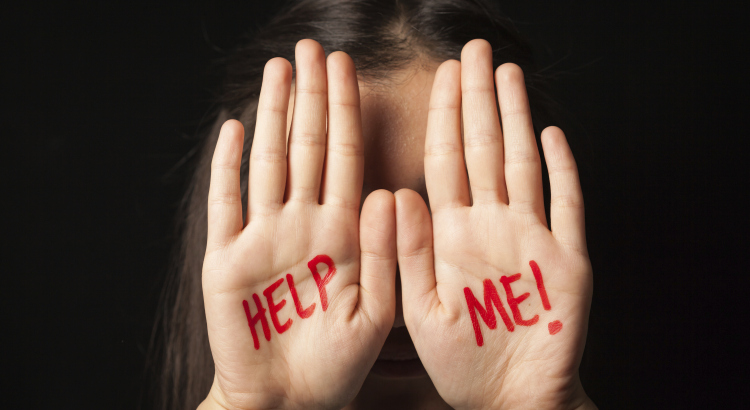Self-Harm among Young People Rising

Recent studies say that nearly one out of every 12 young people have engaged in self-harm like cutting, scratching or burn themselves, as well as swallowing poison or overdosing on medication. And according to a British study self-injury is on the rise. Given that self-harm is a leading indicator for suicide risk, the findings are disturbing.
One Oxford University reviewer commenting on a 2011 study said that the behavior is a problem for an enormous number of kids. Kids in their mid-teens are in a period of intense emotional upheaval and that, said the Oxford reviewer, presents a threatening window of danger since teens who cut and self-injure are attempting to deal with their emotions. A certain number of those who self-harm may actually have a mental illness and need professional treatment.
The 2011 study was conducted through the Institute of Psychiatry at King’s College, London. That study, which tracked 1,802 Australians between the ages of 15-29 from 1992 to 2008, showed that eight percent had engaged in some form of self-harm. The study found that self-injury is more common among girls (10 percent) than boys (six percent). At the end, researchers determined that girls face a 60 percent higher risk of self-injury over boys.
The researchers felt that young teens are particularly vulnerable due to their age and stage of development. Hormones, which are so often blamed during the teen years, really do contribute to the risk of this behavior. The stage of teen brain development also factors large. During adolescence the mind is still in the process of developing its ability to control behavior, express personality and engage in long-range thinking and reasoning. Combine this fragile inner state of affairs with a teenage world of family tension and social stress and the vulnerability becomes only too obvious.
Teens that make it through to adulthood tend to fare well in terms of overcoming self-harming behavior. The study found that just one percent of 29-year-olds were still intentionally harming or endangering themselves. Close to 90 percent of the adolescents who had reported self-harm had ceased by the time they became adults. Nonetheless, the risk for the remaining 10 percent is tremendously high.
And it is a risk that continues to grow. The World Health Organization says that suicide rates are up 60 percent worldwide, so dealing with potential precursors is imperative.”
Even though incidents of self-harm continue to rise, British experts caution parents not to overreact if they find that their child has been cutting. Self-injury usually takes place in private, and kids often hide the evidence under long pants and sleeves so it may have been going on for a while before parents discover the truth. When they do, it is normal for them to experience a range of feelings, from worry to anger and much more in-between.
Experts caution moms and dads from responding emotionally. It’s best to remain calm and express love and support for the teen. After the initial shock has passed, many parents assume that the teen has been doing these things in order to get attention. Parents should not accuse their teens of seeking attention as self-harm usually takes place in private, and the majority of cutters feel shameful about what they’ve been doing.
The number of teens engaging in self-harm is on the rise, and the extent of self-inflicted injury has also been worsening. Teens are suffering with an overwhelming sense of emotional pressure that they do not feel equipped to handle. Finding someone to help them learn more positive coping mechanisms is necessary. Most teens will grow past this behavior, but during the interim the risks are very real, and there is an unknown minority who will not escape unless someone reaches in to give them aid.
Article Categories
- 12 Steps
- Addiction in the Family
- Addiction Infographics
- Alcohol Addiction
- Articles
- Drug Addictions
- Drug Rehab Center News
- Helpful Articles
- Holidays & Substance Abuse
- Mental Health & Addiction
- Real Life Addiction Stories
- Recovery Testimonials
- Relapse Prevention
- Substance Abuse Prevention
